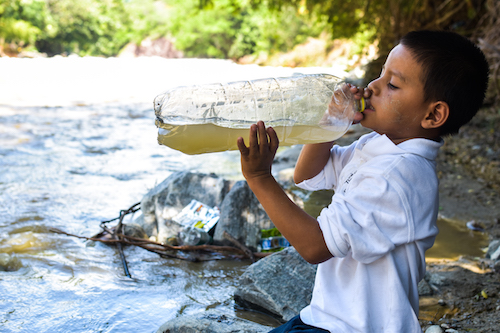
In India, the correlation between water storage practices and public health outcomes is profound and multifaceted. How water is stored directly influences its quality, accessibility, and the prevalence of waterborne diseases, making it a critical factor in improving overall public health across the country.
Importance of Water Storage Practices
Access to safe drinking water remains a significant challenge in many parts of India, particularly in rural and peri-urban areas. In these regions, households often rely on intermittent and sometimes unreliable water supply systems. As a result, storing water becomes essential to ensure a continuous and accessible supply for daily needs.
Common Water Storage Practices
Household Storage Tanks and Containers
Many households store water in tanks and containers within their homes. These storage vessels can range from small plastic containers to larger tanks made of concrete or other materials. The cleanliness and maintenance of these containers are crucial as they directly impact the quality of the stored water.
Community Water Storage
In areas where communal water sources are shared among multiple households, community-level water storage becomes necessary. These may include overhead tanks or reservoirs that distribute water to individual homes. The management and hygiene practices of these communal storage facilities significantly affect the water quality and, consequently, the health of the community members.
Rainwater Harvesting Systems
Increasingly, rainwater harvesting systems are being promoted as a sustainable solution to augment water supply, especially during monsoon seasons. Stored rainwater can serve as a valuable source of drinking water if collected and stored properly. However, the design and maintenance of these systems are critical to prevent contamination and ensure water remains safe for consumption.

Impact on Public Health
Waterborne Diseases
Improper water storage practices can lead to contamination, which is a major contributor to waterborne diseases such as diarrhea, cholera, typhoid, and hepatitis A. These diseases are prevalent in India, particularly among communities with inadequate sanitation and hygiene practices. Contaminated water stored in unclean containers or exposed to environmental pollutants can easily transmit pathogens, posing significant health risks.
Access to Clean Water
Effective water storage practices are essential for ensuring consistent access to clean and safe drinking water. Properly maintained storage containers and systems help preserve water quality from the source to the point of consumption. This is crucial in reducing the burden of waterborne illnesses and improving overall health outcomes, especially among vulnerable populations such as children and the elderly.
Hygiene and Sanitation
The hygiene practices associated with water storage also play a vital role in public health. Regular cleaning of storage tanks and containers, proper handling of water during collection and distribution, and adherence to basic sanitation principles are essential to prevent water contamination. Educating communities about hygienic water storage practices is key to promoting healthier behaviors and reducing disease transmission.
Conclusion
The impact of water storage practices on public health in India underscores the need for comprehensive strategies to improve water quality and accessibility. By addressing issues related to water storage, including hygiene, infrastructure, and education, significant strides can be made towards reducing waterborne diseases and improving overall well-being. Ensuring clean and safe water from its source to storage and consumption is essential for safeguarding public health and fostering sustainable development in India.


